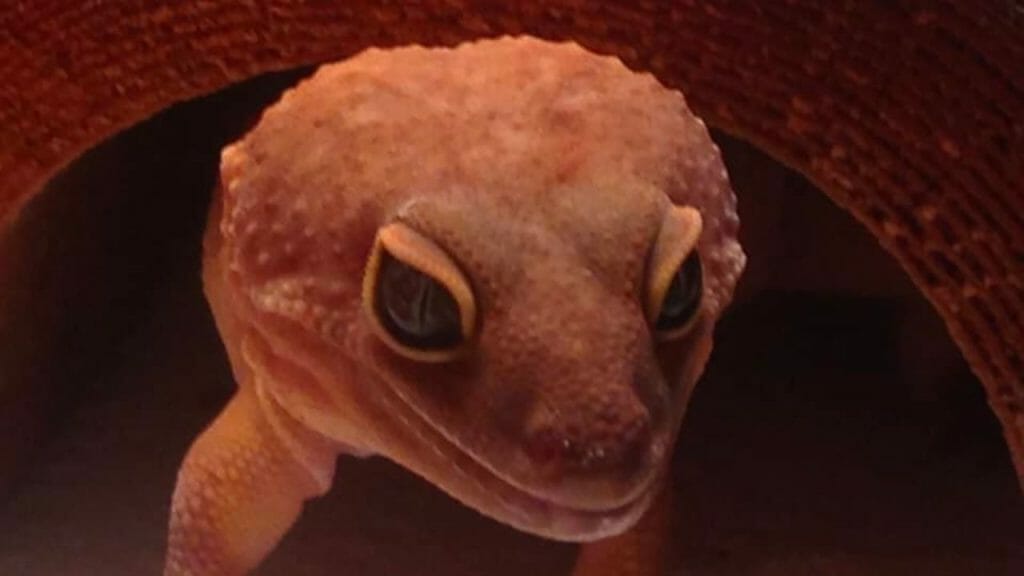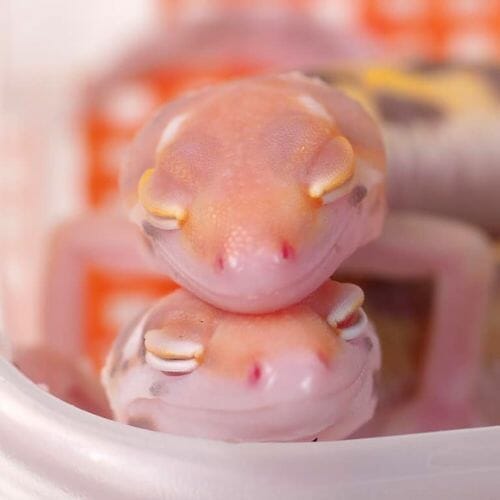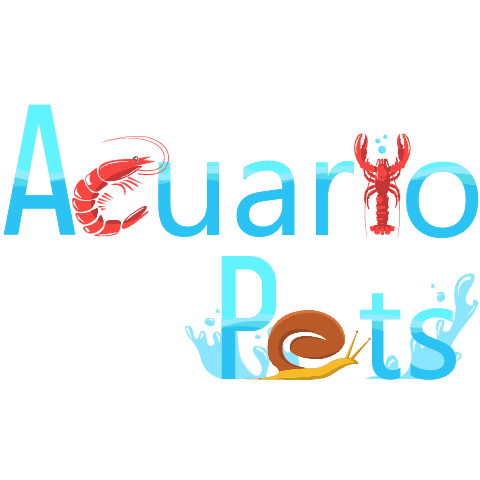This post was created with help from AI tools and carefully reviewed by a human (Muntaseer Rahman) . For more on how we use AI on this site, check out our Editorial Policy.
Check Out These FREE Tools We Made JUST For You!
Can You Travel With a Leopard Gecko? Here’s What I Learned

Thinking about hitting the road with your leopard gecko? I’ve been there. It sounds tricky at first, but with the right prep, it’s totally doable.
Whether it’s a weekend trip or a full-on vacation, you don’t have to leave your little buddy behind.
I’ll walk you through what worked for me—no fluff, just real advice that actually helps.
Can You Travel With a Leopard Gecko?
Yes, you can—but only if you’re well prepared. Leopard geckos are hardy, but travel still stresses them out.
You need to control the temperature, keep the carrier safe, and make sure they’re not exposed to loud noise or sudden movement.
Traveling short distances by car is usually fine. Long trips, flights, or bumpy roads? That’s where things get tricky.
The key is planning ahead and knowing your gecko’s behavior. If they’re already healthy, eating well, and used to being handled, they’ll likely handle travel better.

When You Shouldn’t Take Your Gecko With You
If your leopard gecko is sick, shedding, underweight, or just got rehomed recently, it’s better to leave them at home. Stress from travel can make things worse.
Also, skip the trip if you’re going somewhere too cold or hot and can’t control the environment. If you’re moving around a lot or won’t have time to care for them properly, it’s not worth the risk.
In those cases, ask a trusted friend or a reptile sitter to check on them while you’re away.
How I Prepared My Gecko for Travel
Before the trip, I made sure my leopard gecko was healthy and stress-free. I checked if they were eating well, not shedding, and acting normally. If anything seemed off, I would’ve skipped the trip.
I also stopped feeding 24 hours before leaving. This helps avoid poop accidents during travel, since they don’t digest well on the move.
Next, I picked a safe travel container—not their full tank. I used a small, ventilated plastic tub with air holes and a locking lid. Inside, I added paper towels for grip and easy cleanup. No loose substrate, no sharp decorations—just a clean, simple setup.
I packed everything a few days before—heat source, thermometer, backup batteries, and anything else my gecko might need. That way, I wasn’t rushing last minute and forgetting stuff.
Basically, I treated it like prepping for a baby—with scales.

Travel Carrier Setup
I used a small plastic container with a secure lid and air holes for the travel carrier. It needed to be escape-proof but still well-ventilated.
The size should be just big enough for your gecko to move around a bit, but not too roomy. Too much space means more sliding around.
For the inside, I lined it with paper towels. They don’t shift around like loose bedding and are easy to change if things get messy.
I avoided decor or hides during the ride. Anything loose can become a hazard if the car jerks or stops suddenly.
I also added a digital thermometer with a probe. That way, I could keep track of the temperature inside the carrier.
Since geckos need warmth, I used a small heat pack outside the container, wrapped in a cloth, and placed it near one side. You want a warm zone and a cooler side, just like in a tank—but on the go.
The goal was simple: no stress, no slipping, and no overheating.
What to Pack for the Trip
Here’s what I packed for the trip:
- Travel carrier with paper towel lining
- Digital thermometer to track temps inside the carrier
- Portable heat source like heat packs or a reptile-safe heat mat
- Backup batteries or power bank for any electric heat setup
- Spray bottle with water for humidity or gentle misting
- Mealworms or food if the trip was longer than a couple of days
- Calcium powder in a small container
- Tongs for feeding
- Hand sanitizer for quick cleanups
- Extra paper towels for lining changes
- A mini hide if I was staying somewhere overnight
I kept it all in a single travel bag so I didn’t have to dig through luggage. It made things way easier.
Car Travel Tips
Here’s what worked best for me during car trips with my leopard gecko:
- Keep the carrier stable. I placed it on the backseat floor, where the temp stays steady and the carrier doesn’t slide. I added a towel around it for extra padding.
- Watch the temperature. I kept the car between 75–90°F. No blasting AC or heaters directly on the carrier.
- Avoid opening windows. Sudden wind or noise can freak them out. I kept it quiet and calm inside the car.
- Limit stops. I only stopped if I had to, and never left the gecko alone in the car—heat builds up fast even in shade.
- Check the thermometer often. If the temp dropped too much, I gently added a heat pack nearby. If it got too warm, I moved the carrier to a cooler spot inside the car.
- Drive smoothly. No sudden brakes or sharp turns. Your gecko’s in a box without seatbelts, so smooth rides matter.
Short drives were easy. Longer ones just needed more checking and a bit of patience.

Hotel or Airbnb Setup
Once I reached the hotel, I gave my gecko a calm, quiet corner away from windows and vents. I didn’t bring the full tank—just a simple setup for a night or two.
I used a plastic tub or travel terrarium as the temp home. Paper towel at the bottom, a small hide for comfort, and a water bottle cap for a shallow dish.
For heat, I used a portable heat mat or ceramic bulb with a thermostat. I always check the outlet types beforehand and pack an extension cord or adapter if needed.
I kept a thermometer inside to make sure temps stayed between 88–92°F on the warm side. No fancy lighting or humidifiers—just the basics to keep my gecko safe and stress-free.
I also fed lightly or skipped feeding for short stays. Digestion slows down when they’re stressed, and I didn’t want to deal with poop cleanup during the trip.
Feeding and Hydration While Traveling
While traveling, I kept feeding to a minimum. If the trip was under 3 days, I didn’t feed at all. Leopard geckos can go without food for a few days with no problem.
If it was a longer stay, I only fed once they seemed settled—calm, alert, and not hiding constantly. I used mealworms or small dubia roaches since they’re less messy and easier to handle on the road.
For hydration, I kept a shallow water dish (like a bottle cap) in the temp setup. I also misted the sides of the tub lightly once a day, just in case my gecko wanted to lick the droplets. But I didn’t soak them or overdo the moisture—too much can cause stress.
The main goal was to keep things light, clean, and low-stress.

Flying With a Leopard Gecko (If You Have To)
I don’t recommend flying with a leopard gecko unless you absolutely have to. But if there’s no other option, here’s what I’d keep in mind.
Check the airline first. Some allow reptiles in the cabin, others don’t allow them at all. Cargo is a no-go—it’s risky, stressful, and temps aren’t controlled.
Use a small, secure travel container. Just like for car travel—ventilated, lined with paper towels, no loose decor. Keep it dark and calm.
Keep it in your carry-on bag. Don’t try to take the gecko out during the flight. Security might ask to inspect it, so be calm and explain it’s a harmless pet.
Watch the temps. Airports and planes can get cold. I packed heat packs (air-activated) and wrapped them in cloth to keep the carrier warm without overheating.
Skip feeding. Just like with car travel—don’t feed the day before or during travel. Focus on hydration once you land.
Flying adds a lot of stress, and it’s not easy to control the environment. If you can leave your gecko with someone you trust instead, that’s usually the better choice.
About Author
Hello, I’m Muntaseer Rahman, the owner of AcuarioPets.com. I’m passionate about aquarium pets like shrimps, snails, crabs, and crayfish. I’ve created this website to share my expertise and help you provide better care for these amazing pets.
Disclaimer
This site is owned and operated by Muntaseer Rahman. AcuarioPets.com is a participant in the Amazon Services LLC Associates Program, an affiliate advertising program designed to provide a means for sites to earn advertising fees by advertising and linking to Amazon.com. This site also participates in other affiliate programs and is compensated for referring traffic and business to these companies.

